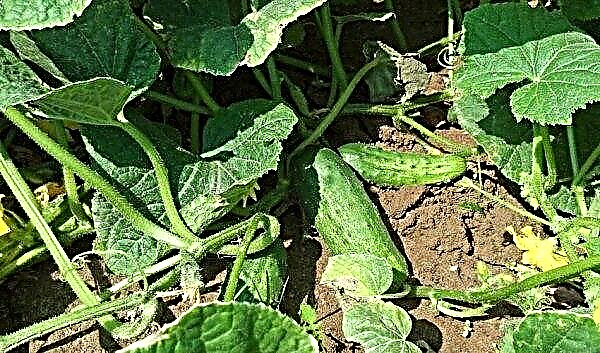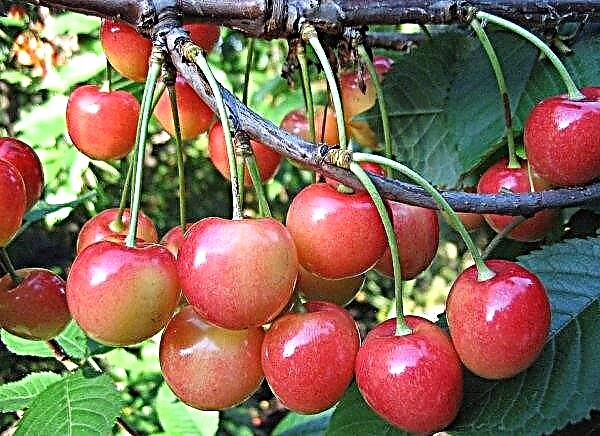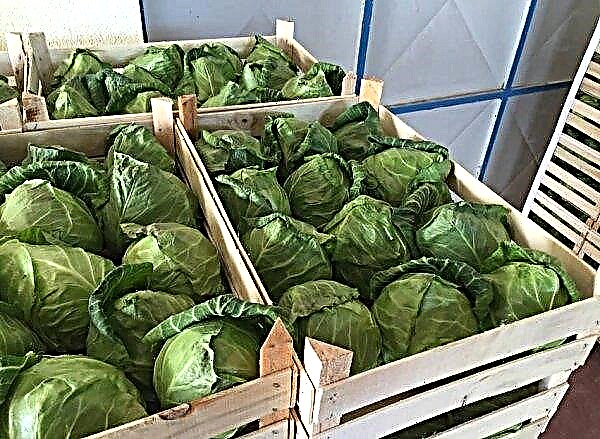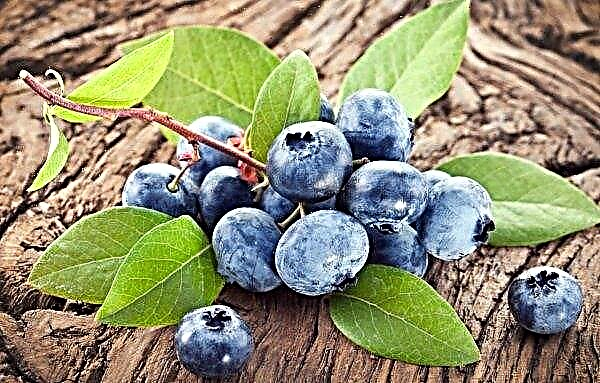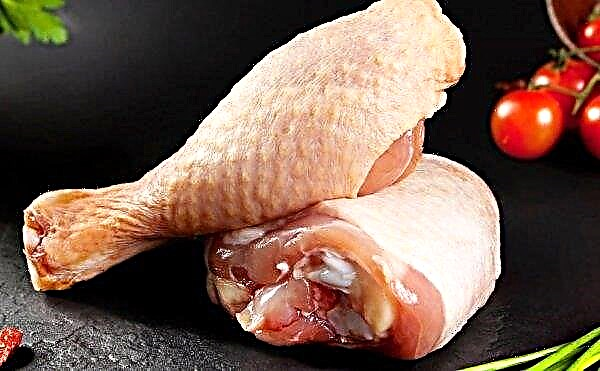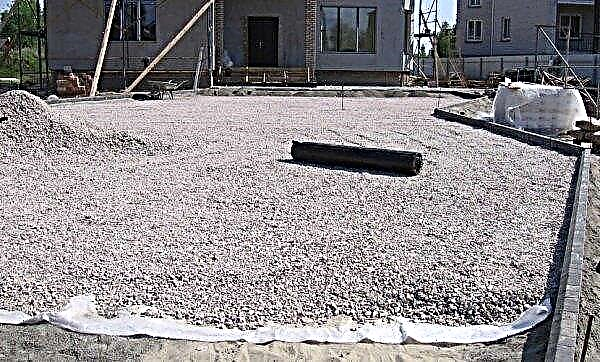One of the most beautiful garden shrubs that can be grown at home is a tree hydrangea. Her growing technology is quite simple, but novice summer residents sometimes encounter a problem such as lack of flowering. To overcome this problem and decorate the plot with spectacular colors, it is enough to adhere to the recommendations from experienced gardeners.
Why hydrangea does not bloom
First you need to figure out what kind of problem the gardener faced: a complete lack of flowers or insufficient disclosure of inflorescences. Another less common defect is a faint color of buds that have appeared.
Sometimes there is such a drawback: there are few flowers in the inflorescence, they are underdeveloped. Much less often, there is such an aesthetic defect as a color change (for example, when a plant should bloom pink and bloom pale blue).

The causes of such conditions in both home and garden conditions always coincide - the most common of them will be given below:
- lack of proper watering;
- freezing of buds in the spring;
- the gardener did not trim the autumn;
- the type of soil is not suitable for the bush (it is too neutral or slightly acidic);
- the bush was initially weak and sick;
- the variety is incorrectly selected (for example, in the northern region they are trying to grow a thermophilic species).
Did you know? Garden hydrangeas began to be cultivated as early as 40 thousand years ago. They were especially popular in Japan and North America.
Below, we will consider why the flower does not open, does not gain color, the flowering is pale colored or the flowers are too small.
- Among the reasons:
- insufficient amount of nutrients, lack of regular feeding;
- proximity to lush shrub plants;
- improper lighting, lack of light;
- lack of shelter for the winter;
- too old plant.
 In any case, regardless of the cause of the defect, every gardener can help plants, accelerate their growth and flowering with quality care.
In any case, regardless of the cause of the defect, every gardener can help plants, accelerate their growth and flowering with quality care.
How to Help Hydrangea Bloom
There are several proven tips on how to achieve gorgeous hydrangea blooms and make all buds open:
- Firstly, it is necessary to reorganize the plant and the soil on which it grows. Such measures are necessary to exclude the virus-fungal cause of the defect.
- Next, you should ensure the growth of branches and greenery, so that the shrub actively develops and gives buds. This can be done using growth activators (e.g. Agrecol).
- The third effective measure is to trim the stalks correctly and not rush to cut brown dried branches. It may happen that after a period of active watering in the spring to summer, they will come to life.
Important! To revive the cut hydrangea, it is placed in boiling water with the stem in the composition before being included in the composition. So the cut branch will look fresh much longer.
How to accelerate growth
There are several ways to accelerate the growth of tree hydrangea:
- correct feeding (performed on young plants four times a year: in early spring, late spring, late summer and mid-autumn);
- prevent drying out and waterlogging of the soil;
- observe the distance between all objects of the garden - at least 1 meter should remain to the nearest neighbor of the bush;
- provide enough light to get in;
- apply growth stimulants (Crystal, Planton, Biohiper Extra).
 Subject to such recommendations, each gardener will ultimately ensure that the flowers will certainly begin to grow better and will bloom completely.
Subject to such recommendations, each gardener will ultimately ensure that the flowers will certainly begin to grow better and will bloom completely.
When and how much hydrangeas bloom
Tree hydrangeas bloom in late June and bloom until late August. Inflorescences are painted white with a milky or green hue. Usually, along with full blooming of leaves, buds are opened. So a beautiful large white bunch is formed. The contrast with the rich color of the foliage makes this garden shrub an ideal decorative inhabitant of a summer residence or house adjoining territory.
Care after flowering
In order to prevent hydrangea from wilting after flowering and in the second and subsequent years also delighted with paints, you need to take good care of the shrub, trim and water it in time, make fertilizers according to the schedule and, of course, properly transplant. Improper change of habitat negatively affects selection and decorative qualities.
Did you know? In the Netherlands, 40 million hydrangea bushes are sold per year.
How to crop
Trimming tree hydrangea should be done after flowering. This subspecies is always trimmed first, and quite strongly. But the large-leaved, on the contrary, is not touched, otherwise in the second year of flowering will not occur.
For thinning, you will need a garden pruner, tight fabric gloves and a respirator, because a lot of wood dust accumulates inside the bush during spring and summer, which is harmful to the lungs. Pruning is done on 1/3 of the stem, pinching the upper part from adult shoots (which are more than 2 years old).
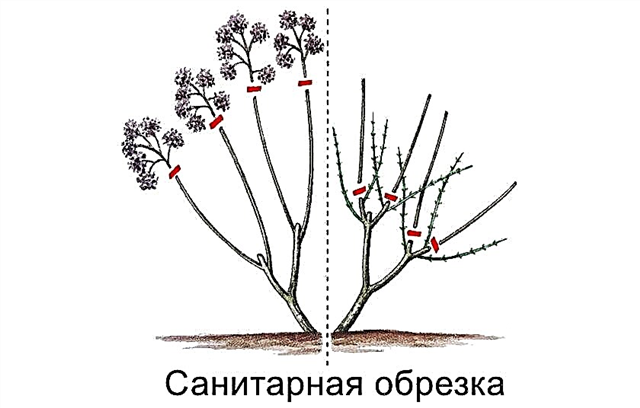
Winter preparations
Representatives of the Hortense family are susceptible to frost.
Therefore, before the onset of cold weather, it is necessary to perform several important actions:
- cut off the excess part of the stems and dead branches;
- pour pine sawdust into the trunk circle, shavings with a layer of at least 5 cm;
- cover the plant with white agrofiber (can be wrapped several times).
 Young plants below 50 cm are additionally enclosed by a frame of two arcs, over which a tarp or roofing felt is placed. The edges of the material are crushed with bricks, and so leave the bush until spring.
Young plants below 50 cm are additionally enclosed by a frame of two arcs, over which a tarp or roofing felt is placed. The edges of the material are crushed with bricks, and so leave the bush until spring.
Hydrangea transplant
The transplant is performed in the spring, because during the summer and autumn season the plant will have time to adapt to a new habitat. It is important that the soil matches the one in the old place. It is definitely worth keeping an earthen lump around the roots and with it immerse the seedling in the soil.
Important! It is strongly not recommended to transplant hydrangea in a flowering state. In the northern regions, the autumn movement of the bush is not performed due to the short adaptive period - during the cold autumn, the bush will not adapt to the soil.
How to feed hydrangea
For feeding use such drugs (according to the instructions):
- in spring - Pokon, Green World, potassium sulfate and urea, each of which is diluted in an amount of 20 g per 10 liters of water;
- in summer - granular superphosphate, "Flower", "Agricola-7", "Kemira flower";
- in the fall - humus, peat, compost. During this period, shrubs especially require nutrients to winter. They are introduced at the rate of at least 500 g per 1 m².

Hydrangea diseases and methods of revitalizing a flower
The main diseases of hydrangeas:
- fungal lesions - rot of all kinds, powdery mildew, rust, septoria. To combat them, use such means as Falcon, Doctor Foley, in accordance with the instructions;
- parasites - aphids, ticks, slugs, nematodes. Preparations for the prevention and elimination of parasites - "Antichlorosis", "Ferovit", are used according to the instructions.
To "revive" a growing shrub, apply methods such as:
- transfer;
- timely feeding;
- watering on schedule;
- prevention of parasites and fungi.
If hydrangea is properly looked after, it will delight flowering for many seasons in a row. In addition to the aesthetic function, this beautiful garden shrub also purifies the air in the garden.

